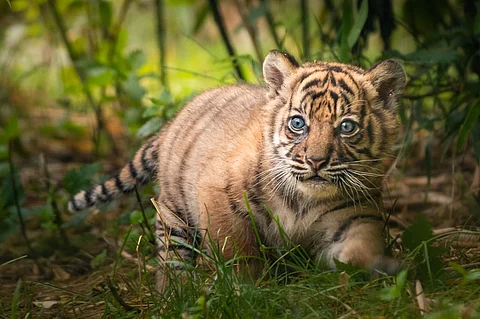
- NEWS
- the EDIT
- COMMENTARY
- BUSINESS
- LIFE
- SHOW
- ACTION
- GLOBAL GOALS
- SNAPS
- DYARYO TIRADA
- MORE

It’s a day to honor the majestic striped big cats of the wild!
29 July marks International Tiger Day, a global observance dedicated to raising awareness about the conservation of tiger species. The celebration was initiated in 2010 during the Saint Petersburg Tiger Summit, in response to the alarming decline in the wild tiger population worldwide.
During the summit, 13 tiger range countries committed to an ambitious goal: to double the number of wild tigers by the year 2022, known as the TX2 initiative. According to Turpentine Creek Wildlife Refuge, India successfully met this goal, increasing its wild tiger count from 1,706 in 2012 to 3,682 in 2023. Other countries such as Nepal, Bhutan, Russia, and China have also seen steady growth in their tiger populations. As of 2024, the Global Tiger Forum reports the current global tiger population at 5,574.
Tigers are classified into nine traditional subspecies, which are divided into two major groups. The continental tigers (Panthera tigris tigris) include the Bengal, Siberian, Indochinese, Malayan, and South China tigers—these are found mainly in mainland Asia. Meanwhile, the Sunda Island tigers (Panthera tigris sondaica) comprise the Javan, Bali, Caspian, and Sumatran tigers, native to island regions in Southeast Asia.
Unfortunately, three of these subspecies are now extinct. The Balinese tiger vanished in the 1940s, largely due to hunting and habitat loss. The Caspian tiger disappeared by the late 1960s, and the Javan tiger was last seen in the 1980s, primarily as a result of deforestation and habitat destruction.
Although the overall global tiger population has increased in recent years compared to past decades, Southeast Asian tigers remain in crisis, with several populations still facing severe threats from poaching, deforestation, and habitat fragmentation.
